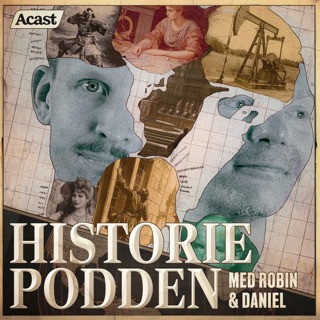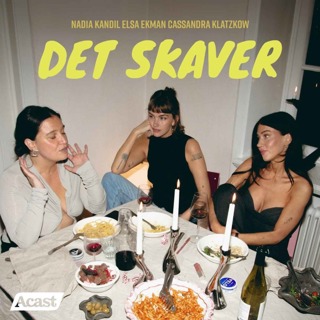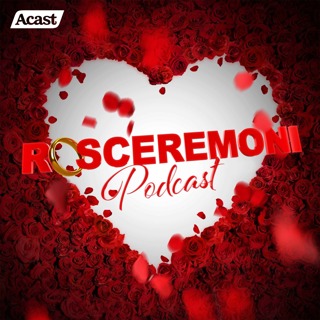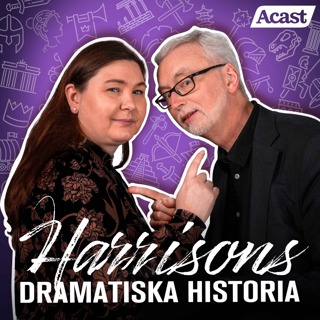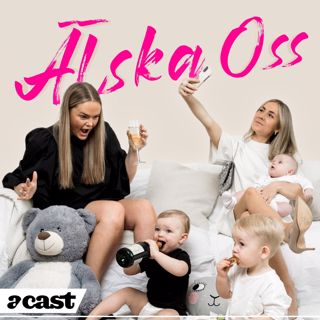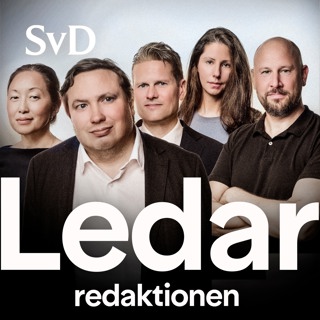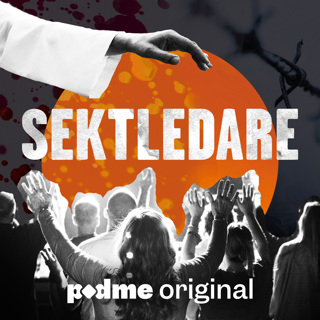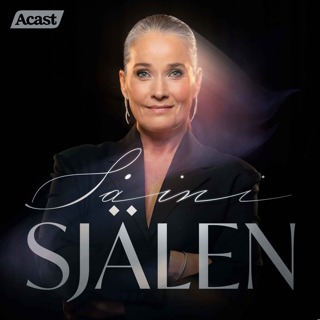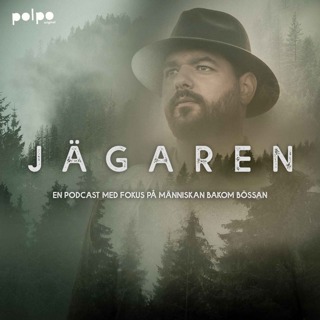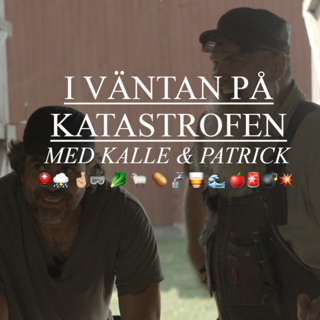
Episode 23 Preview
Subscribe on iTunes Subscribe on Google Play Subscribe on Stitcher Subscribe on YouTube We're back from break and getting ready for the first full-length episode of the year. The topic: video modeling. And it's not just for play skills any more! Diana and I review the research we'll be discussing and share some adorable clips of kids doing the Sally Ann test. And since they're related to us, we didn't even have to pay union rates. U.S.A.! U.S.A.! Articles for next week: MacDonald, R., Sacramone, S., Mansfield, R., Wiltz, K., & Ahearn, W.H. (2009). Using video modeling to teach reciprocal pretend play to children with autism. Journal of Applied Behavior Analysis, 42, 43-55. doi: 10.1901/jaba.2009.42-43 LeBlanc, L.A., Coates, A.M., Daneshvar, S., Charlop-Christy, M.H., Morris, C., & Lancaster, B.M. (2003). Using video modeling and reinforcement to teach perspective-taking skill to children with autism. Journal of Applied Behavior Analysis, 36, 253-257. 10.1901/jaba.2003.36-253 And for some additional information on prerequisites to success with video modeling, a bonus article: MacDonald, R.P.F., Dickson, C.A., Martineau, M., & Ahearn, W.H. (2015). Prerequisite skill that support learning through video modeling. Education and Treatment of Children, 38, 33-48.
18 Jan 201711min

Episode 22 - AAC
Subscribe on iTunes Subscribe on Google Play Subscribe on Stitcher Despite sounding like Lunchlady Doris from the Simpsons and zoning in and out of consciousness, Rob does his best to attend to Jackie and Diana's review of articles about augmentative and alternative communication (AAC). Whether using picture exchange or a speech-generating device, there's a lot to learn about how practitioners can improve the communication and vocalizations of clients using AAC. Plus, the proper nomenclature when discussing PECS, echoics in the face of outrageous accents, using "all done" to end a showtune review, and how to mand for the popcorn that's across the table. I think I got it. Just play the episode again, I wasn't listening. Special shout-out to Kate Ahern and her website, Teaching Learners With Multiple Special Needs for the amazing Periodic Table of AAC image in the episode thumbnail and in the post body below, as well as for being a great resource for special education technology news. Source: Kate Ahern, Teaching Learners with Multiple Special Needs Articles discussed this episode: Ganz, J.B. & Simpson, R.L. (2004). Effects on communicative requesting and speech development of the Picture Exchange Communication System in children with characteristics of autism. Journal of Autism and Developmental Disorders, 34, 395-409. doi: 10.1023/B:JADD.0000037416.59095.d7 Gevarter, C., O'Reilly, M.F., Kuhn, M., Mills, K., Ferguson, R., Watkins, L., Sigafoos, J., Lang, R., Rojeski, L., & Lancioni, G.E. (2016). Increasing the vocalizations of individuals with autism during intervention with a speech-generating device. Journal of Applied Behavior Analysis, 49, 17-33. doi: 10.1002/jaba.270 If you're interested in ordering CEs for listening to this episode, click here to go to the store page. You'll need to enter your name, BCBA #, and the two episode secret code words to complete the purchase. Email us at abainsidetrack@gmail.com for further assistance.
11 Jan 20171h 14min

Episode 22 Preview
Subscribe on iTunes Subscribe on Google Play Subscribe on Stitcher Subscribe on YouTube On this week's preview edition, we get ready for a hearty discussion of augmentative and alternative communication or AAC. Whether high- or low-tech, these articles get at the tip of the iceberg when it comes to communication for non-vocal individuals. And in Errata, Diana shares a wonderful email, Jackie tells us all how to make her pocket ethics charts, and Rob thanks you all for listening then demands iTunes reviews and Facebook likes so he can feel pretty. Articles for next week: Ganz, J.B. & Simpson, R.L. (2004). Effects on communicative requesting and speech development of the Picture Exchange Communication System in children with characteristics of autism. Journal of Autism and Developmental Disorders, 34, 395-409. doi: 10.1023/B:JADD.0000037416.59095.d7 Gevarter, C., O'Reilly, M.F., Kuhn, M., Mills, K., Ferguson, R., Watkins, L., Sigafoos, J., Lang, R., Rojeski, L., & Lancioni, G.E. (2016). Increasing the vocalizations of individuals with autism during intervention with a speech-generating device. Journal of Applied Behavior Analysis, 49, 17-33. doi: 10.1002/jaba.270
4 Jan 201714min

ABA Inside Track Bloopers, Vol. I
Subscribe on iTunes Subscribe on Google Play Subscribe on Stitcher Recorded with warmed-over outtakes and while my kids were taking a nap after too much Christmas merriment, it's ABA Inside Track's first (annual?) blooper episode. Relieve a whole bunch of garbage I deleted from our professional, full-length episodes and saved so I could cobble together this year-end capper. Please very much enjoy!
28 Dec 201614min

Happy Holidays from ABA Inside Track
With the year coming to a close, we thought we'd put out a quick video wishing all of our listeners, friends, and colleagues a happy holidays and a restful start to the new year. And by quick, I mean we made my brother film us during his holiday party before we put all the kids to bed. Also, stay tuned to the whole episode for some big news about one of our hosts. Could Rob be getting his PhD? Could Diana be starting her own line of baby-wear? Could Jackie be moving to Canada to star in a toy-based TV show? Grab a glass of egg nog, sit by the fire with your headphones on, and listen to our heartfelt thanks for your continued support.
21 Dec 20163min

Episode 21 - The Good Behavior Game
Subscribe on iTunes Subscribe on Google Play Subscribe on Stitcher Back from the Summer of '69, it's the Good Behavior Game! We debunk the rumors that the benefits of this classic group contingency is all hype--it totally works--and rattle off a whole bunch of replications in addition to reviewing the original article that started the craze for this behavioral vaccine. Then, finally, the wait is over as we crown the worst classroom ever described in research. That teacher could only wish that her biggest problem was tardy Sailor Moon fans or a zombie apocalypse. Plus, Rob has a good idea, maybe. Articles discussed this episode: Barrish, H.H., Saunders, M., & Wolf, M.M. (1969). Good Behavior Game: Effects of individual contingencies for group consequences on disruptive behavior in a classroom. Journal of Applied Behavior Analysis, 2, 119-124. doi: 10.1901/jaba.1969.2-119 Donaldson, J.M., Vollmer, T.R., Krous, T., Downs, S., & Berard, K.P. (2011). An evaluation of the Good Behavior Game in kindergarten classrooms. Journal of Applied Behavior Analysis, 44, 605-609. doi: 10.1901/jaba.2011.44-605 Tingstrom, D.H., Sterling-Turner, H.E., & Wilczynski, S.M. (2006). The Good Behavior Game: 1969-2002. Behavior Modification, 30, 225-253. doi: 10.1177/0145445503261165 If you're interested in ordering CEs for listening to this episode, click here to go to the store page. You'll need to enter your name, BCBA #, and the two episode secret code words to complete the purchase. Email us at abainsidetrack@gmail.com for further assistance.
14 Dec 20161h 6min

Episode 21 Preview
Subscribe on iTunes Subscribe on Google Play Subscribe on Stitcher Coming back into the public consciousness, it's the Good Behavior Game! Next week, we'll review the original 1969 article describing this amazing classroom management system as well as some more recent research into its utility. But first: errata, Rob in a captain's hat, and the musical stylings of the Inside Track crew. See you next week for the full-length discussion. Articles for next week: Barrish, H.H., Saunders, M., & Wolf, M.M. (1969). Good Behavior Game: Effects of individual contingencies for group consequences on disruptive behavior in a classroom. Journal of Applied Behavior Analysis, 2, 119-124. doi: 10.1901/jaba.1969.2-119 Donaldson, J.M., Vollmer, T.R., Krous, T., Downs, S., & Berard, K.P. (2011). An evaluation of the Good Behavior Game in kindergarten classrooms. Journal of Applied Behavior Analysis, 44, 605-609. doi: 10.1901/jaba.2011.44-605 Tingstrom, D.H., Sterling-Turner, H.E., & Wilczynski, S.M. (2006). The Good Behavior Game: 1969-2002. Behavior Modification, 30, 225-253. doi: 10.1177/0145445503261165
7 Dec 201614min

Episode 20 - Noncontingent Reinforcement
Subscribe on iTunes Subscribe on Google Play Subscribe on Stitcher Because noncontingent reinforcement goes beyond constant access to a bag of M+Ms, we bring you this, the latest episode of ABA Inside Track. Jackie and Rob are ready to meet your response-independent schedule needs, especially if those needs include a synopsis of the Hugga Bunch movie. Diana reviews NCR schedules, from dense to lean and everything in between, though expresses a preference for dense when candy is involved. Finally, a heated discussion ensues regarding extinction as a ruiner of contingency marriages. Listen closely: this episode is chock-full of putative possibilities. Articles discussed this episode: Hagopian, L.P., Fisher, W.W., & Legacy, S.M. (1994). Schedule effects of noncontingent reinforcement on attention-maintained destructive behavior in identical quadruplets. Journal of Applied Behavior Analysis, 27, 317-325. doi: 10.1901/jaba.1994.27-317 Wallce, M.D., Iwata, B.A., Hanley, G.P., Thompson, R.H., & Roscoe, E.M. (2012). Noncontingent reinforcement: A further examination of schedule effects during treatment. Journal of Applied Behavior Analysis, 45, 709-719. doi: 10.1901/jaba.2012.45-709 If you're interested in ordering CEs for listening to this episode, click here to go to the store page. You'll need to enter your name, BCBA #, and the two episode secret code words to complete the purchase. Email us at abainsidetrack@gmail.com for further assistance.
30 Nov 20161h 11min



